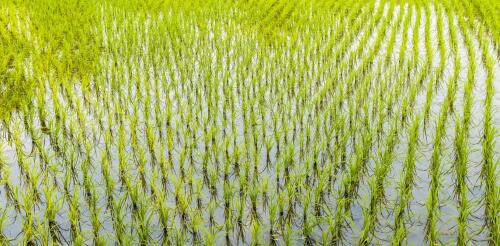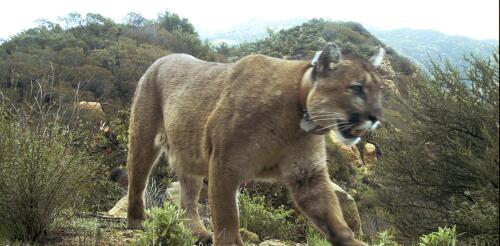environment
Each summer, nearly 25,000 acres (10,000 hectares) of rice is cultivated in the Florida Everglades Agricultural Area, a roughly 1,100-square-mile (2,800-square-kilometer) area south of Lake Okeechobee. Farming here requires a delicate touch. The area has lost nearly 6 feet (1.8 meters) of soil in the past century through a process called subsidence. One way to slow down this subsidence and preserve the nutrient-rich soil is to flood the area during Florida’s rainy season and use the fields to grow rice. The fields are flooded using water from adjacent canals. Once the water dries up or seeps away, the rice is harvested. The Conversation asked Associate professor Jehangir Bhadha, an expert in soil sustainability at the University of Florida, how the university got involved with growing rice and what environmental benefits it’s produced. What is the history behind growing rice in the Everglades? Rice was grown in the Everglades Agricultural Area for a brief period...
The pristine Cime Bianche valley, in the Aosta Valley, is a special protection area but is threatened by a cableway connection.There are those who fight for its protection.
The presence of Pfas was not taken into account by the French authorities when deciding on the bathability of the Seine for the Olympic Games.
The photos taken 15 years later in front of the Rhone glacier in Switzerland speak for themselves.The melting of glaciers is breathtaking.
Rats thrive around humans, for good reason: They feed off crops and garbage and readily adapt to many settings, from farms to the world’s largest cities. To control them, people often resort to poisons. But chemicals that kill rats can also harm other animals. The most commonly used poisons are called anticoagulant rodenticides. They work by interfering with blood clotting in animals that consume them. These enticingly flavored bait blocks are placed outside of buildings, in small black boxes that only rats and mice can enter. But the poison remains in the rodents’ bodies, threatening larger animals that prey on them. My colleagues and I recently reviewed studies from around the world that sought to document wild mammal carnivores’ exposure to anticoagulant rodenticides. Many animals tested in these studies were already dead; others were alive and a part of other studies. Researchers detected rodenticides in about one-third of the animals in these analyses, i...




